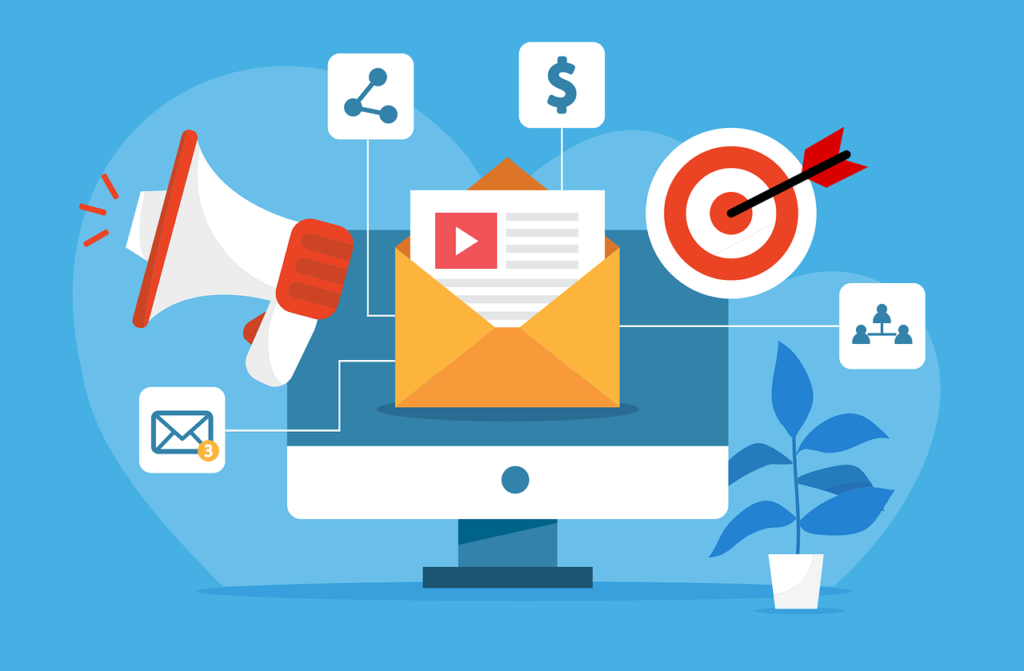The written word has the ability to captivate its audience, engage them, and motivate them to take action, even in the frenetic world of digital communication.
When it comes to writing persuasive email copy, it’s not enough to simply relay information; you also need to weave a narrative that strikes a chord with your audience and convinces them to take the desired action.
Here, you’ll learn the ins and outs of crafting email copy that attracts readers and prompts them to take action.
Know Your Audience Intimately
The key to successful email copywriting is having a solid understanding of your target demographic. Investigate in great detail their likes and dislikes, their problems, and their goals.
Make sure that your message is tailored to address their requirements and their driving forces; this will ensure that it connects with them on a more personal level.
Whether you’re writing copy for a fitness brand aimed at fitness buffs or a technology firm aimed at small business owners, you need to tailor your message to the specific needs of your readership.
Craft an Attention-Grabbing Subject Line
The recipients of your email will form their initial thoughts about your message based on the subject line you use.
It’s the first thing that determines whether or not your email will be opened.
Create subject lines that will either offer value to the reader or elicit a range of emotions from them.
For instance, a subject line that reads “Unlock the Secret to Effortless Productivity” immediately evokes intrigue and compels recipients to investigate further.
Leverage Email Finder Tools for Precision
To get in touch with your intended audience, email address finder tools are invaluable resources.
They help in the process of locating email addresses that are pertinent to the goals of your campaign.
For example, if you are a B2B company that is trying to get in touch with decision-makers in a certain industry, you can streamline your outreach efforts by using email finder tools.
Because of this, your message will be delivered to the right people at the right time.
Embrace Storytelling
People are hardwired to react emotionally to narratives.
Create a story that illustrates your point while also capturing its essence.
Share examples from real life, success stories, or anecdotes that are relevant to the topic at hand.
An email with a compelling story is more likely to be read all the way through and remembered for its contents.
Use Clear and Action-Oriented Language
In the copy of your email, strive to be succinct and straightforward.
Make use of language that is action-oriented and encourages recipients to act upon what they have been given.
Instead of vague phrases such as “Learn More,” use compelling CTAs such as “Discover the Game-Changer Now” to direct readers toward the desired action.
Highlight Benefits, Not Just Features
Benefits, rather than features, should be the primary focus when marketing a product or service because they are the aspects that will most appeal to the target market.
Provide an explanation of how your product or service helps them resolve their issues, makes their lives better, or fulfills a desire they have.
One subscription service that could highlight these advantages is one that delivers a box of goodies on a regular basis.
Inject a Sense of Urgency or Scarcity
One way to get people to act quickly is to make them feel like time is running out.
Call attention to time-sensitive promotions, special offers, or low inventory to get people to take immediate action.
The potent psychological trigger known as “fear of missing out” (FOMO) is activated when there is a sense of urgency
Proofread and Polish
If you make mistakes in the text of your email, it can damage your credibility and draw attention away from the message you are trying to convey. Carefully check the document for errors in grammar, spelling, and formatting.
A professional tone and careful attention to detail can be conveyed in an email that has been polished.
Concluding Thoughts
In conclusion, knowing who is reading you, writing catchy subject lines, and using storytelling are the three most important aspects of writing effective email copies.
Make sure to use language that is straightforward and action-oriented and put the emphasis on the benefits that will resonate with the people you are communicating with.
When it’s appropriate, inject a sense of urgency or scarcity to spur action, and make it a point to check your copy thoroughly for any errors.
Using these methods, you can craft email copy that not only attracts readers’ interest, but also prompts them to take action, thereby strengthening relationships and generating impressive outcomes.

